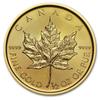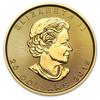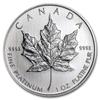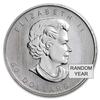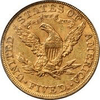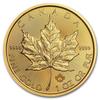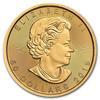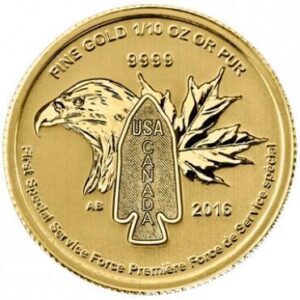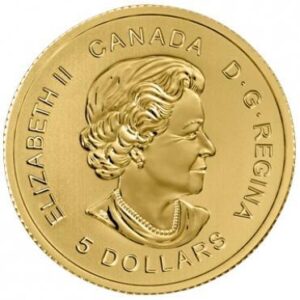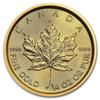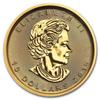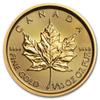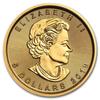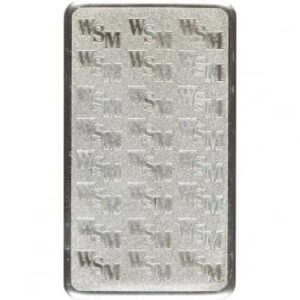View More
Show All Results...
Click to get started or call the number below to speak with one of our Account Executives for more information about availability, pricing, and questions.
The most popular coin series from the European continent is the Austrian Philharmonic. Introduced in 1989, today the Austrian Philharmonic coin program includes a gold, silver, and platinum version from the Austrian Mint. It is however the gold coin that anchors the series and was the original offering in the program. The coin bears a face value of 2,000 Austrian Schillings and is composed of 99.99% pure gold.
The gold Philharmonic originated in 1989 as a 1 oz and 1/4oz gold bullion coins. The gold Philharmonic coin is the only one in the greater series to have featured two different denominations for its face value. When the coins were originally introduced in 1989, Austria still used its sovereign Schilling as its official currency.
On the obverse of the 1 oz coin is the image of the Musikverein pipe organ found inside of the Golden Music Hall. Located in the Innere Stadt neighborhood of Vienna, the national capital of Austria, the hall is the home performance center of the Vienna Philharmonic Orchestra.
The reverse of the coin includes a cornucopia of musical instruments used by members of the Vienna Philharmonic Orchestra. Included in this design are a Vienna horn, bassoon, harp, four violins, and a cello which serves as the central focal point of the design. Both designs in the coin series come from Thomas Pesendorfer, the chief engraver of the Austrian Mint.
A full tube contains 10 coins, which is the most popular way to acquire these items.
Austrian Philharmonics are eligible for IRA purchases.
Please don’t hesitate to reach out to us with questions. You can reach a customer service representative at 800-827-4653, connect with us online using our live chat, or send us an email.
| Size | Purity | Weight | Metal Content | Diameter |
|---|---|---|---|---|
| 99.99% | 0.50 oz. | Gold | 28 mm | |
| 99.99% | 0.25 oz. | Gold | 22 mm | |
| 99.99% | 0.10 oz. | Gold | 16 mm |
Specifications are obtained from sources believed to be reliable. However, Goldline does not guarantee their accuracy.
The most popular coin series from the European continent is the Austrian Philharmonic. Introduced in 1989, today the Austrian Philharmonic coin program includes a gold, silver, and platinum version from the Austrian Mint. It is however the gold coin that anchors the series and was the original offering in the program. The coin bears a face value of 2,000 Austrian Schillings and is composed of 99.99% pure gold.
The gold Philharmonic originated in 1989 as a 1 oz and 1/4oz gold bullion coins. The gold Philharmonic coin is the only one in the greater series to have featured two different denominations for its face value. When the coins were originally introduced in 1989, Austria still used its sovereign Schilling as its official currency.
On the obverse of the 1 oz coin is the image of the Musikverein pipe organ found inside of the Golden Music Hall. Located in the Innere Stadt neighborhood of Vienna, the national capital of Austria, the hall is the home performance center of the Vienna Philharmonic Orchestra.
The reverse of the coin includes a cornucopia of musical instruments used by members of the Vienna Philharmonic Orchestra. Included in this design are a Vienna horn, bassoon, harp, four violins, and a cello which serves as the central focal point of the design. Both designs in the coin series come from Thomas Pesendorfer, the chief engraver of the Austrian Mint.
A full tube contains 10 coins, which is the most popular way to acquire these items.
Austrian Philharmonics are eligible for IRA purchases.
Please don’t hesitate to reach out to us with questions. You can reach a customer service representative at 800-827-4653, connect with us online using our live chat, or send us an email.
| Size | Purity | Weight | Metal Content | Diameter |
|---|---|---|---|---|
| 99.99% | 0.50 oz. | Gold | 28 mm | |
| 99.99% | 0.25 oz. | Gold | 22 mm | |
| 99.99% | 0.10 oz. | Gold | 16 mm |
Specifications are obtained from sources believed to be reliable. However, Goldline does not guarantee their accuracy.

